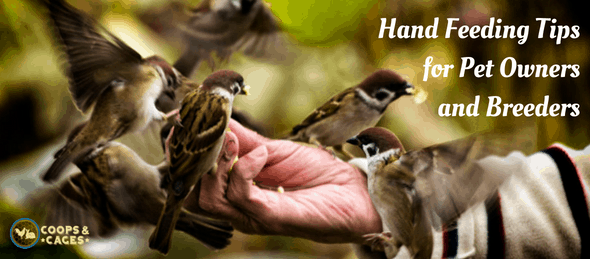Birds
Hand Feeding Tips for Pet Owners and Breeders
Whether or not you are a new bird breeder or a new pet owner of a bird, it is always a good idea to learn and master the basics of hand feeding your pet birds in case of an emergency situation.
Normally, each bird can feed itself in a good and proper situation. But sometimes, if your pair of birds that is breeding suddenly stops feeding or that pair of bird stops taking care of their chicks, or they become ill all of a sudden and your baby chicks will require hand feeding. Therefore, hand feeding the pair of birds and their chicks is a must for us pet owners.
And so, here are some tips on how to safely hand feed and handle them.
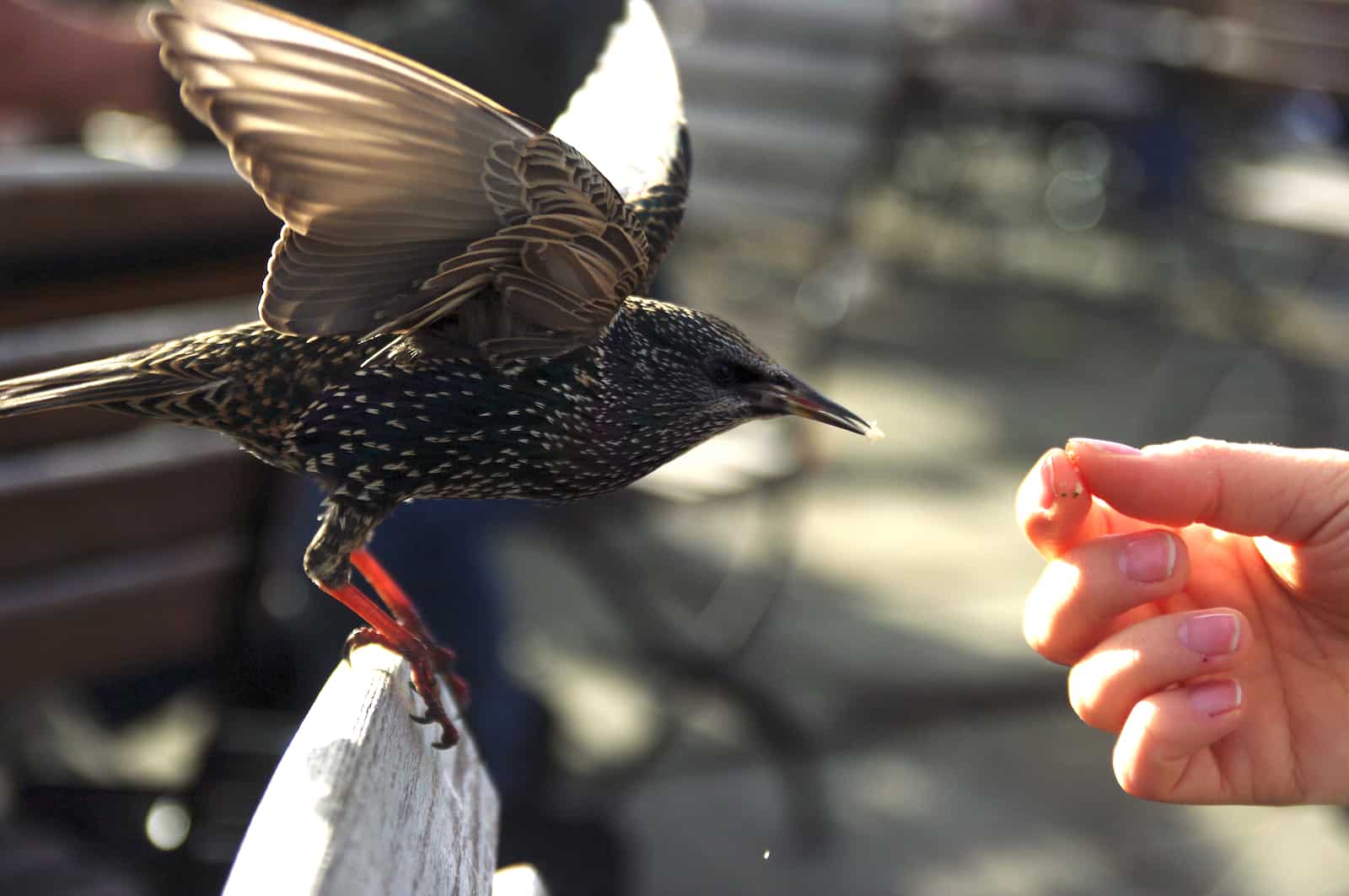
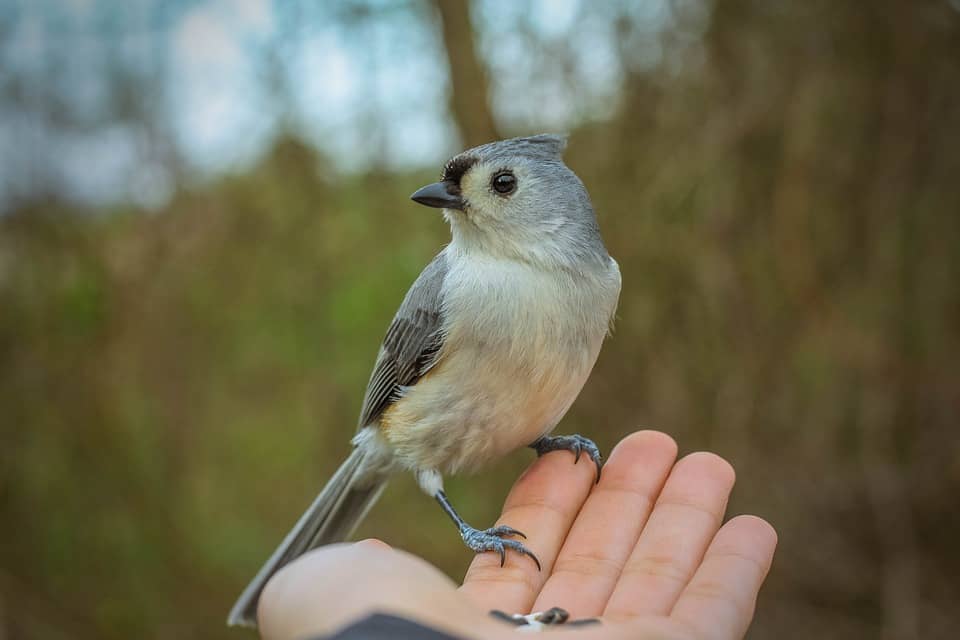
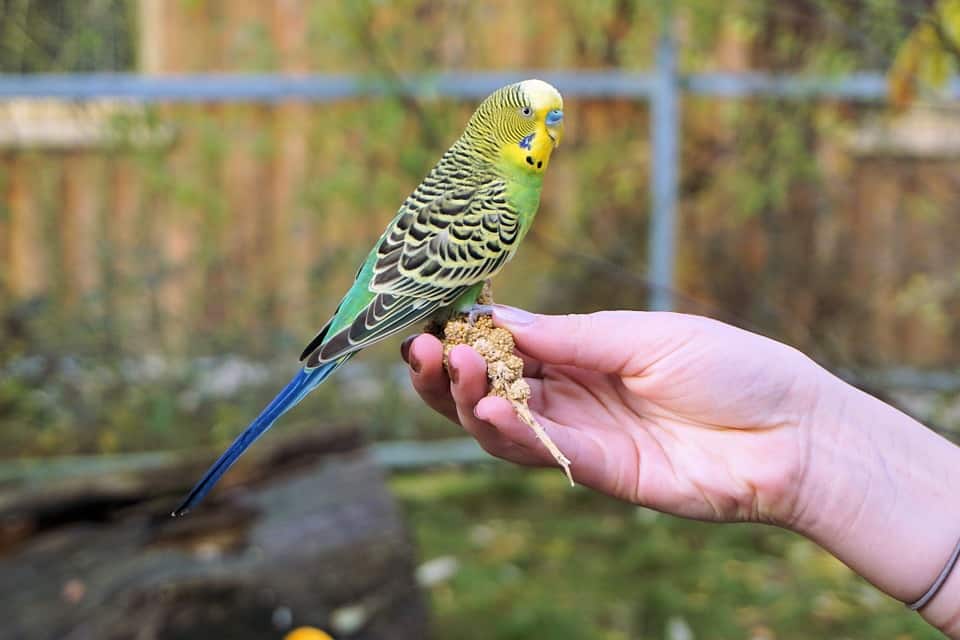
1. Be equipped with knowledge.
It is very important to know that before having the knowledge about basic hand feeding your pet birds is a must even before having your very first pet bird. You must have a proper hands-on training from another bird feeder or some other professionals that knows a lot about taking care of birds. It is also essential that you as the feeder must be comfortable in doing the proper basic procedures before trying it out with your own pet birds.
2. Wash your hands.
Always remember to wash your hands thoroughly before you hand feed the baby birds. This is especially true every after holding things like the exterior of a bird cage. A dirty hand may have bacteria on it and may contaminate the food you are feeding to the baby birds. We must prevent this, so that the bird will grow strong and healthy.
3. Observe proper feeding formula.
To have the best results and proper nutrition for your baby birds and those birds that needs hand feeding, you must follow the proper feeding formula that is indicated in the food package of your avian friend. The details you must properly follow is the water to solid ration which is very important for young birds and also growing birds.
4. Do not reuse meals.
A fresh batch of feeds is a must for every meal. The old unused feed will have bacteria accumulating as the time passes, so do not reuse unused foods for their own sake.
5. Consider the temperature of the food.
It is also important to have the right temperature of the food that you are feeding to the young birds. Too cold and the birds will be sick of it, too hot and the birds might not eat it. So consult your avian veterinarian or other people who are experienced for the right temperature of their food. You can also check the package direction if it has the advised temperature for it.
6. Avoid microwaving.
Do not microwave their food. Microwaving will cause their food mixture to have unbalanced temperature. Some parts of their food might be too hot which will cause burns in their crops. What you can do is use a bowl that is placed in a big pot of hot water to keep their food in the right temperature without it getting cold.
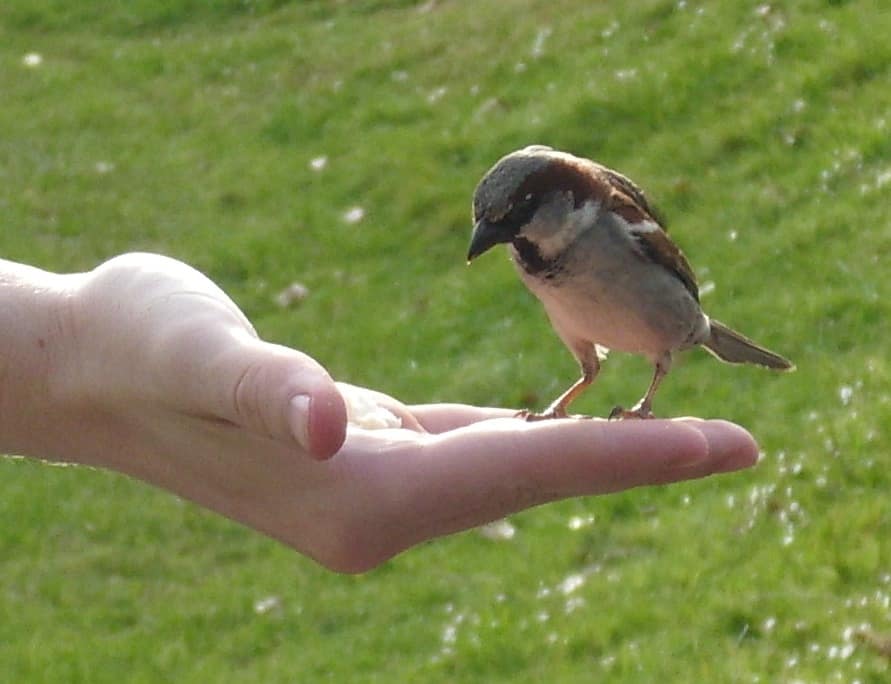
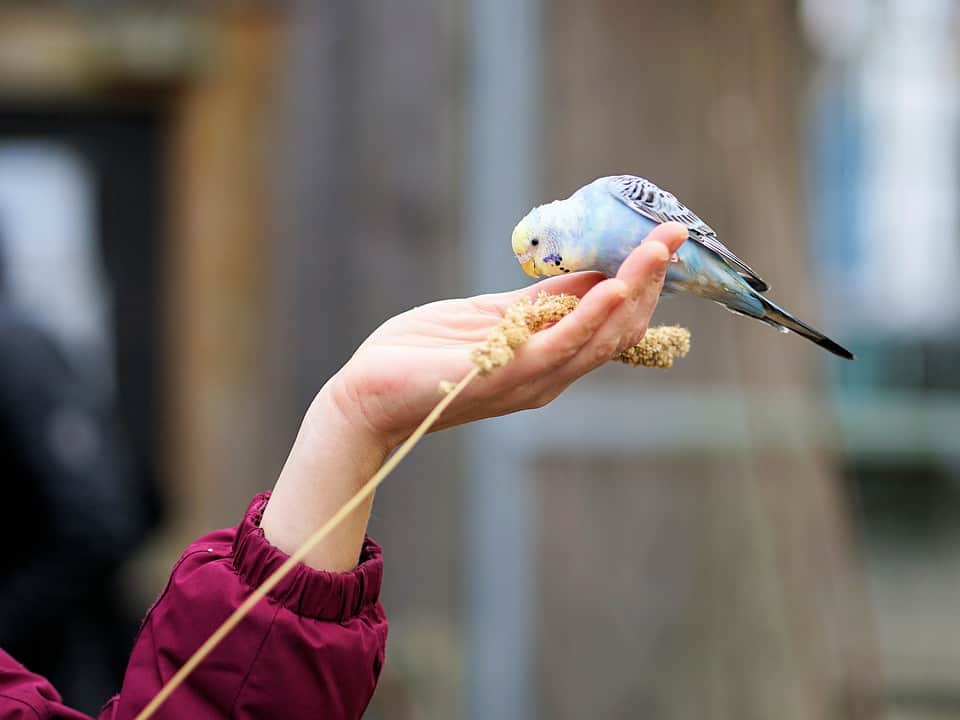
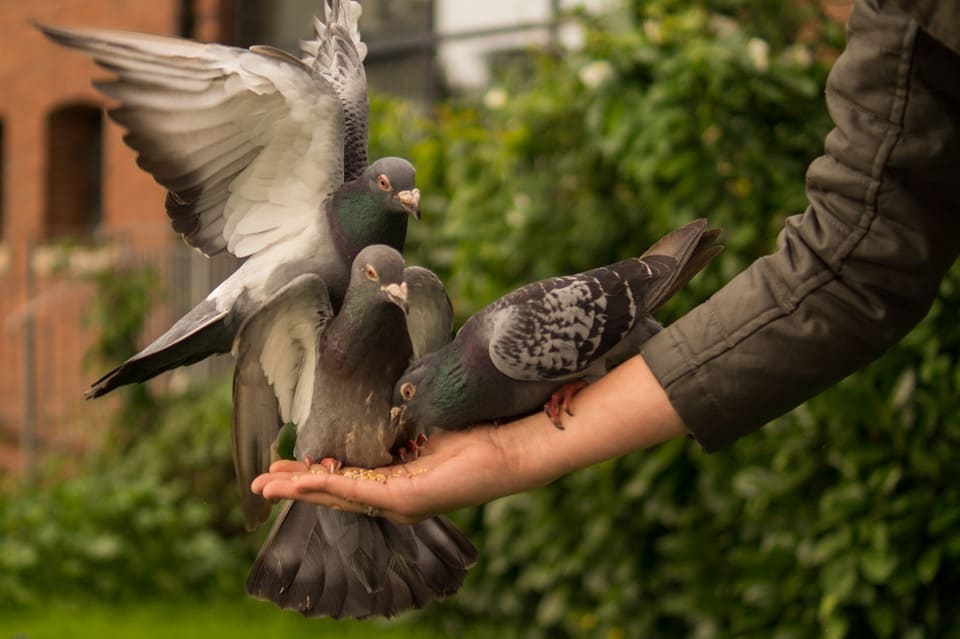
7. Make stirring a habit.
You must stir properly the formula of their food before measuring the temperature of it. It is advisable to keep a thermometer on their food to continuously monitor its temperature. To confirm the correct temperature for feeding, you can drop a little amount of their food to your wrist to check the temperature, just like what we do in checking the temperature of milk bottles for babies.
8. Educate yourself about hand feeding.
Don’t forget to read some stories and articles regarding this topic to have more information about what the best hand feeding utensil other people use. Depending on the individual, you can use either a syringe, spoon, feeding tube or any other else depending on your comfort or the situation of the birds you are feeding.
9. Use clean cloth or towel when dealing with baby birds.
When handling the baby birds, it is important to place them on an easy to grip surface like a clean used cloth or a towel or even some dishcloth. Just be sure to keep the baby birds are comfortable as you handle them. While holding the baby chick, gently grip the head from behind while stretching their neck slightly as you steadily lower up the lower beach using your thumb or another finger. Be very careful that you are not exerting too much force or you might end up choking the baby bird.
10. Feed the birds slowly.
With the use of your chosen food utensil, slowly feed the bird at a slight angle for it to slowly swallow the food. Be sure to slowly release the food or you might end up flooding their beak or trachea which will cause the bird to choke.
11. Give the right amount of food.
Bigger type of birds usually eats a lot more but requires often feeding. Smaller type of birds eat less, but requires more frequent feeding. To be sure of the right amount of food you are feeding them, consult your avian veterinarian or other bird breeders or you can just read the package if it has information posted on it. Do not overfeed your birds.
12. Record your pet’s progress.
More importantly, have a record of your bird’s progress before and after feeding it. With this information, you can analyse if your bird is eating or not, whether or not the food you are feeding is safe and compatible with your bird. If they are losing weight, consult your avian veterinarian for advice.
And so if your little bird feeds properly, your bird will grow up healthy and strong and may have other little birds of their own too if you breed them with love and care.
Image Sources: [1] [2] [3] [4] [5]



